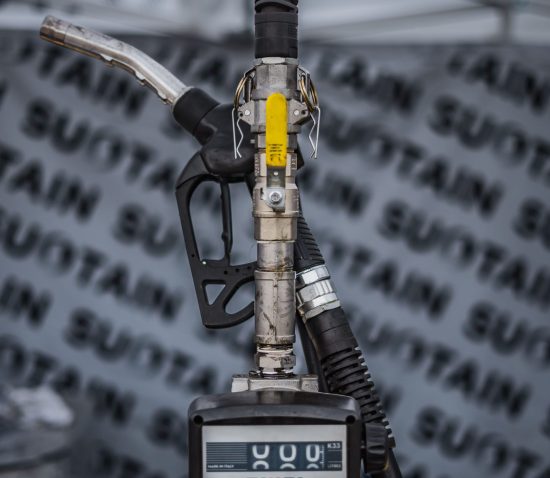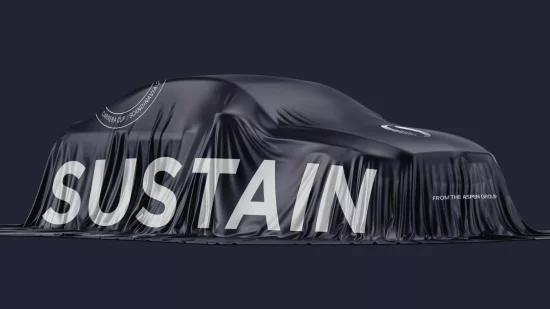
Sustainable Fuels: Myths Vs Truths
13 MINS
Read More
Sustainable Fuels

What are Sustainable Fuels?
2 MINS
More Info
Sustainable Fuels
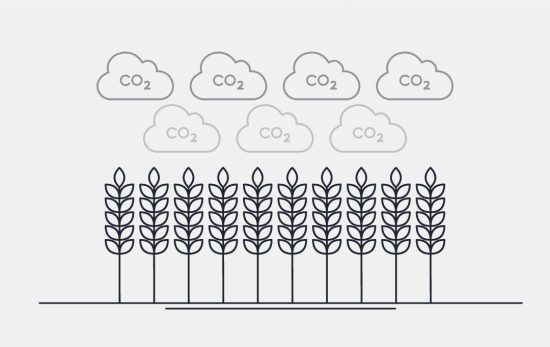
The biofuel process
2 MINS
video
More Info
Sustainable Fuels
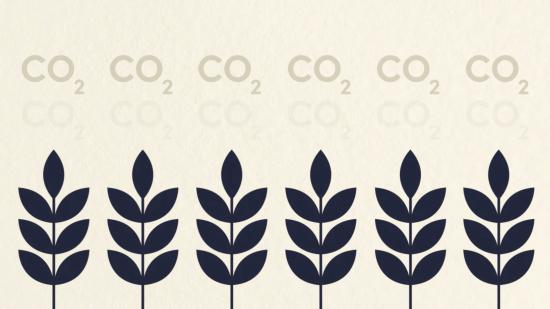
How are biofuels sustainable?
2 MINS
Sustainable Fuels

Are Alternative Fuels & Sustainable Fuels the Same?
3 MINS
Sustainable Fuels
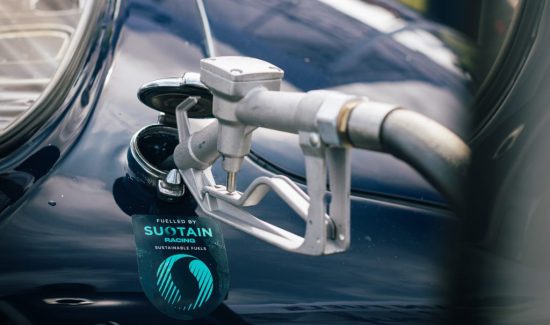
Are green fuels and sustainable fuels the same?
4 MINS
Sustainable Fuels
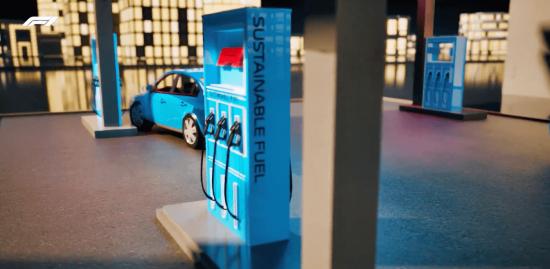
The next F1 revolution: 100% sustainable drop-in fuel
3 MINS
video
More Info
Sustainable Fuels

Bernie Collins talks sustainable fuels in F1
2 MINS
video
More Info
Sustainable Fuels
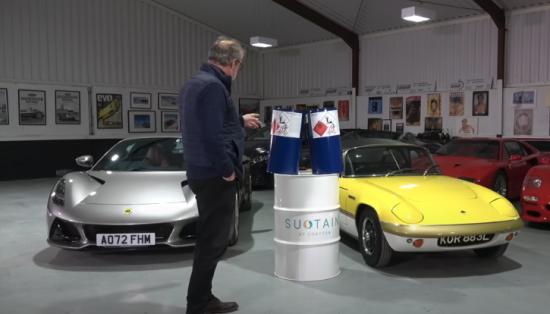
Harry’s Garage: What are they & when can I buy…
16 MINS
Sustainable Fuels
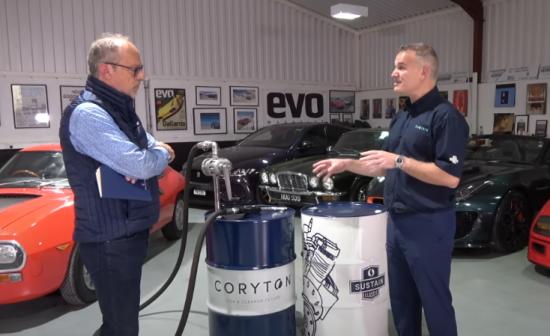
Harry’s Garage: Sustainable fuels
32 MINS
video
Sustainable Fuels


